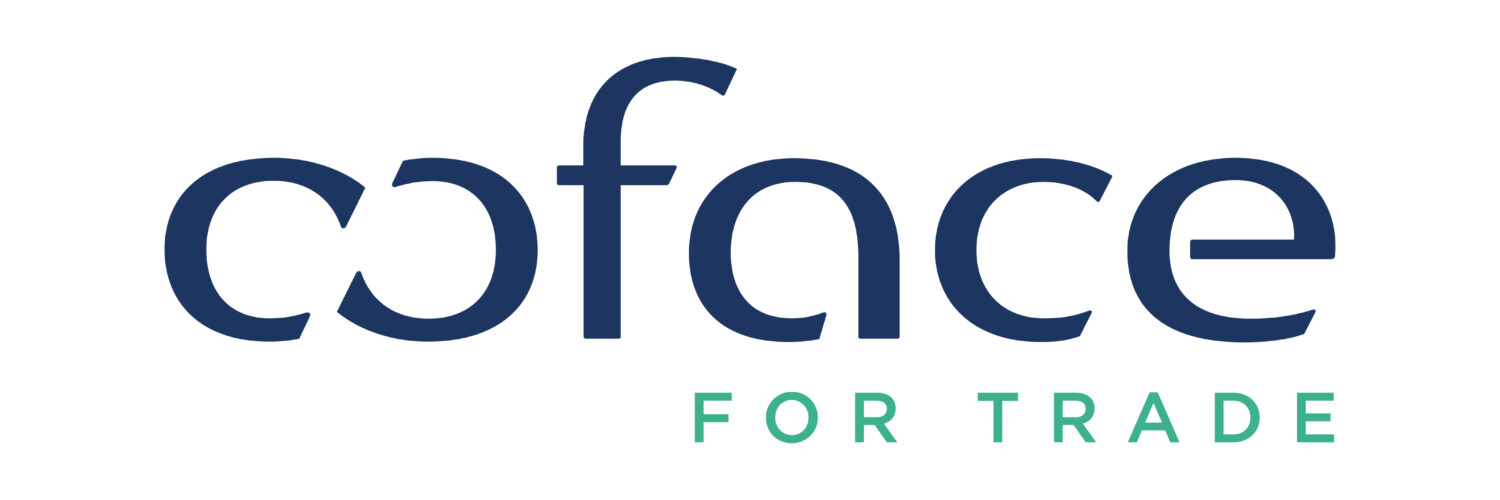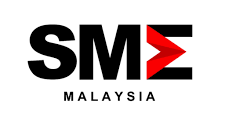According to the latest Coface Barometer, rising global instability is taking a measurable toll on businesses worldwide. The second quarter of 2025 saw 23 sectors and 4 countries downgraded, underscoring the escalating risks from tariff disputes, energy market uncertainty, consumer fatigue, and mounting geopolitical tensions.
A Slower, Riskier Global Economy
After a temporary rebound in late 2024, the global economy is now losing steam. Coface has revised its global growth projections downward, with forecasts at 2.2% in 2025 and 2.3% in 2026 – and a clear warning that global GDP could fall below 2% should conflict-driven shocks escalate.
In Q1 2025, 80% of advanced economies reported higher business default rates compared to the same period last year. The return of inflationary pressures – including a projected 4% U.S. inflation rate by year-end – has further dampened investor confidence. The U.S. Federal Reserve may introduce interest rate cuts in autumn 2025, but only if inflation stabilises.
23 Sector Downgrades: Industry Faces Rising Strain
Coface’s analysis flags an across-the-board decline in industrial health, with metals, chemicals, and automotive leading the global downgrades.
The key sectors downgraded include:
- Metals:
Downgraded across 12 regions, including North America, Western Europe, and Asia. The steel industry is at the centre of this strain, with 600 million tonnes of global overcapacity – the highest since the 2000s. - Chemicals:
Hit by weakening industrial demand and high energy prices, especially in Europe and the U.S. - Automotive:
Affected by softening demand in the U.S. and Canada, and rising export restrictions. - Textiles and clothing (China):
Downgraded due to the reactivation of U.S. tariffs and competitive price pressures. - Retail and ICT (U.S.):
Declining household purchasing power, high interest rates, and consumer saturation have dented both sectors.
These downgrades reflect broader trade and supply chain turbulence, particularly in economies heavily exposed to export cycles and industrial production.
The Sole Upgrade: Agrofood in India
In contrast to the wider decline, India’s agrofood sector was upgraded, thanks to robust output, domestic consumption, and export potential. Despite fiscal constraints and rising rural inflation, the sector remains one of India’s most resilient economic pillars.
Geopolitics and Trade Tensions Compounding Risk
Tensions in the Middle East – particularly involving Iran and Israel – have added uncertainty to energy markets. The Strait of Hormuz, which channels 20% of daily global oil shipments, remains a key vulnerability. While oil fundamentals point to falling prices due to oversupply, Coface cautions that prices could surge above $100/barrel in the event of escalation.
On the trade front, the U.S. has reinstated tariffs on Chinese goods, with full implementation expected by 12 August 2025. This reintroduces significant disruption across industrial supply chains and adds inflationary risk globally.
Country Downgrades: Key Markets Under Pressure
Canada
Canada’s economy is struggling to regain momentum, with recent data showing a rise in unemployment to 6.9%. The country is experiencing sharp export contractions, especially in key sectors like automotive and metals, which are bearing the brunt of recent tariff hikes imposed by major trading partners. These declines are further amplified by growing labour market strain and sluggish domestic demand, painting a cautious outlook for the remainder of 2025. Coface has adjusted Canada’s country risk rating to A3, reflecting these growing vulnerabilities and the risk of financial pressure on businesses exposed to trade-dependent sectors.
Mexico
Mexico’s economic engine is showing signs of fatigue. GDP growth has flatlined, with Coface noting zero growth in the first half of 2025, driven largely by instability in export markets. External demand, particularly from the U.S., has been inconsistent due to fluctuating tariffs and uncertain cross-border trade conditions. Additionally, domestic investment remains tepid, limiting any meaningful economic rebound. With weaker industrial output and cautious consumer sentiment, the outlook remains fragile, prompting Coface to maintain a C-rated risk profile for Mexico.
India
India continues to report strong headline numbers – Q1 2025 GDP growth surpassed 7%, underpinned by robust activity in construction and services. However, the underlying picture is more complex. Private consumption is beginning to cool, especially in rural areas, where inflation and unemployment are taking a toll. Furthermore, the government’s fiscal space is tightening, limiting its ability to inject further stimulus. While India remains a relatively resilient performer in Asia, Coface has lowered its short-term growth outlook, highlighting a need to monitor macro pressures that could dampen momentum heading into 2026.
Argentina
Despite facing low foreign reserves, persistent inflation, and debt servicing constraints, Argentina has delivered an unexpectedly strong performance. Coface forecasts 5% GDP growth for 2025, thanks to a combination of policy stabilisation efforts and a modest recovery in agricultural exports following previous drought-related contractions. The newly implemented fiscal measures, while controversial, appear to have restored some investor confidence, and currency volatility has lessened compared to previous years. Though challenges remain, this marks a significant improvement in Argentina’s economic trajectory, and Coface has taken a cautiously optimistic tone on its outlook.
Recommendations for Businesses
Coface advises companies to:
- Reassess market exposure in downgraded sectors or countries
- Diversify supply chains away from politically volatile regions
- Monitor credit risk closely, particularly in sectors facing overcapacity or high input costs
- Prepare for payment defaults and delayed recovery timelines, especially in the metals and automotive industries









